Free 4th of July Table Runner Pattern
The patriotic holidays are coming, and this easy table runner will provide a festive base for your table or buffet for an outdoor meal, BBQ, or breakfast in the kitchen on the 4th of July. Use this free quilted table runner pattern to uplift any table and match with your patriotic napkins, coasters or mug rugs. If you get some patriotic fabrics, a lot of our free patterns can be used to decorate your table. Let your creativity run free!
The quilt blocks that I used in this project, have hald-square triangles, are 8 inches finished, set on point, and the finished table runner measures 12 x 38 inches.
Supplies
Prepare your sewing area with your equipment. Sewing machine, with a 1/4-inch quilting foot and a walking foot for quilting, Thread, Needles, Straight Pins (Glass head pins preferred), Thread snips, Rotary Cutter 45mm, 6x24-inch ruler and mat, safety gloves, optional ruler grip, Iron and ironing board, and Wool Pressing Mat.
Cutting Instructions
Begin by pulling some patriotic prints and decide on your background color.
- Background light: six 5-inch squares
- Red Print: three 5-inch squares
- Blue Print: three 5-inch squares
- Accent Print for alternate squares: two 9-1/2-inch squares
- Border Print: four WOF (width of fabric) strips 2-1/2-inches wide for border
- Additional fabric for backing and binding
Assembly Instructions
Pair three red print squares with three background squares. Pair three blue print squares with three background squares. Using the technique you learned in my post on Making Half Square Triangles, make 12 HSTs. Press to the darker side and square up to 4-1/2-inches.
Using two red HST units, and two blue HST units, make pinwheel blocks.
Careful sewing the seam though the little x made from sewing the HSTs together will make perfect points.
Press to the darker side on all the units.
Now when you put two units together, the seams will nest.
Spin the seams to reduce bulk in the center by picking out the stitches from the raw edge to the stitching line.
Open the seam in both directions to create a small square on the underside.
Cut the large squares of accent fabric in half diagonally.
Arrange the triangles around the pinwheel blocks set on point.
Sew by aligning the straight edges of one triangle and one pinwheel.
Repeat for the other units, then sew together. The center pinwheel will have two triangles sewn, one to each side.
Trim, making sure that there is a quarter-inch seam allowance past the pinwheels.
The borders on this project are applied in a log cabin style. I do not usually advocate doing borders like this as it tends to create excess fabric in the border. But on a small project, it is manageable. Be sure the border is pinned and sewn carefully to minimize stretching of the bias edges on the accent blocks. Begin with one long side, apply the border with some excess past the point on the edge.
Pin and carefully sew. Sew with the border down next to the feed dogs to minimize stretching of the bias edges of the accent triangles. Press. Then, using the next edge of the table topper, trim the excess even with the line created by the edge.
Trim the excess with your rotary cutter.
Align the next side across the border just sewn and along the line of the next edge.
Sew, press and trim as before.
Continue in this manner until the border is applied all the way around the project.
Quilt as desired. You can use free motion loops, a design of your choice, quilt straight lines with a walking foot or whatever you like. Binding these angles work the same as with the usual 90-degree angles of a rectangular or square quilt. The only difference is your fold won’t be on the same line as the edge. As you come to a point, stop at the midpoint of the corner, and tie off your threads. Fold the binding back on itself perpendicular to the corner point.
Then fold again along the next edge.
This bit of excess created is just the right amount to miter the edge over the corner and stitch to the back in the usual manner. See my post on Finishing a Quilt with Binding for more detailed instruction. Complete by securing the binding on the back by hand or machine. All done and ready to enjoy!!
This is my patriotic quilted table runner. You learned how to make half square triangles, and use these quilt blocks in a lovely table runner that you can use on the 4th of July. If you use other fabrics, you can make this for other occasions as well, like Chrismas or Halloween. That's the beauty of quilting and sewing, right. Every piece is unique and a work of love.
If you are new to the Madam Sew blog, be sure to check out our complete Beginning Quilting series: How to Start with Quilting. We'll be doing more articles to advance your quilting skills on Madam Sew. Subscribe to the Madam Sew blog so you don’t miss a thing!
Happy Quilting!
Carole
FromMyCarolinaHome.com
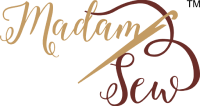







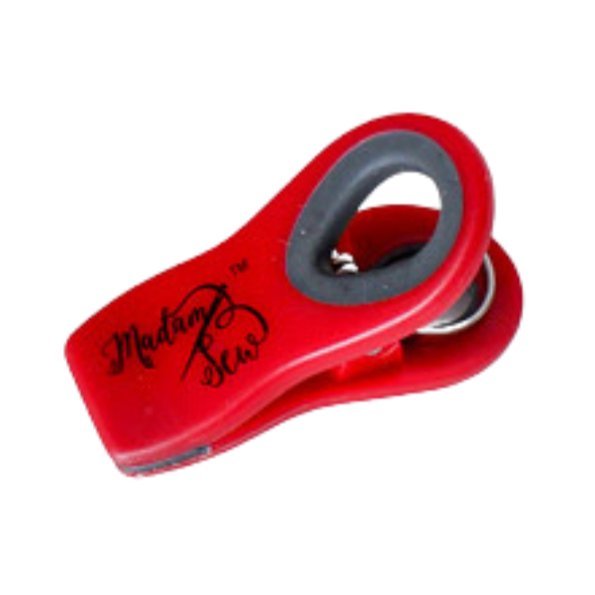
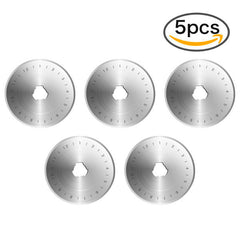
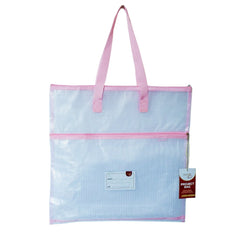
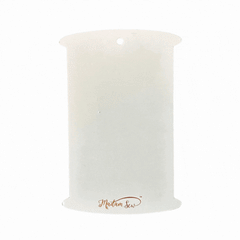
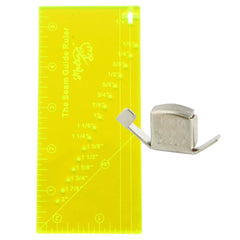
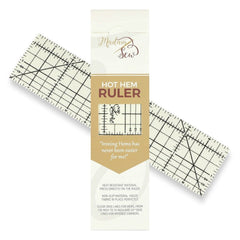
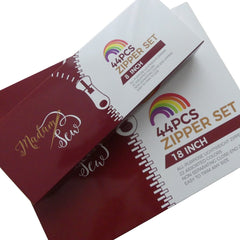
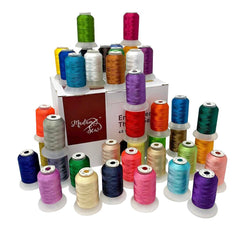

4 comments
Thanks for sharing, that is lovely.. and so well explained..
I only wish I had a computer to be able to get your beautiful patterns I am 84& have just started to learn quilting I have written down yourdesignthetable runner it looks great i hope i can give it a go thank youfromAustralia.
I want to take part in the Madam Sew blog. Also how do I save the directions given ?
I’m anxious to join the blog and see what people are doing and join the other Madem sew groups